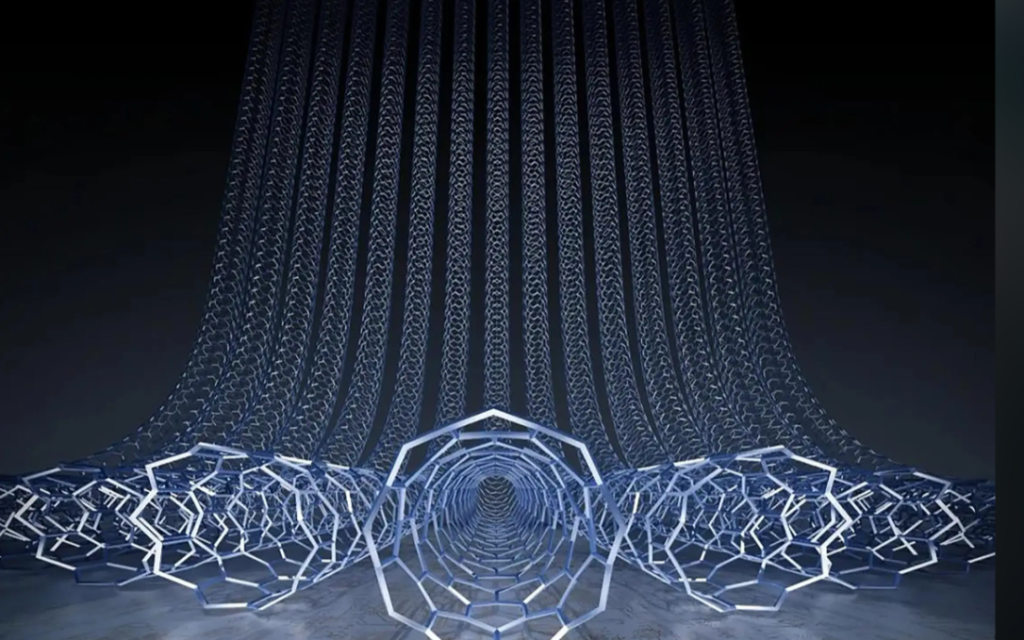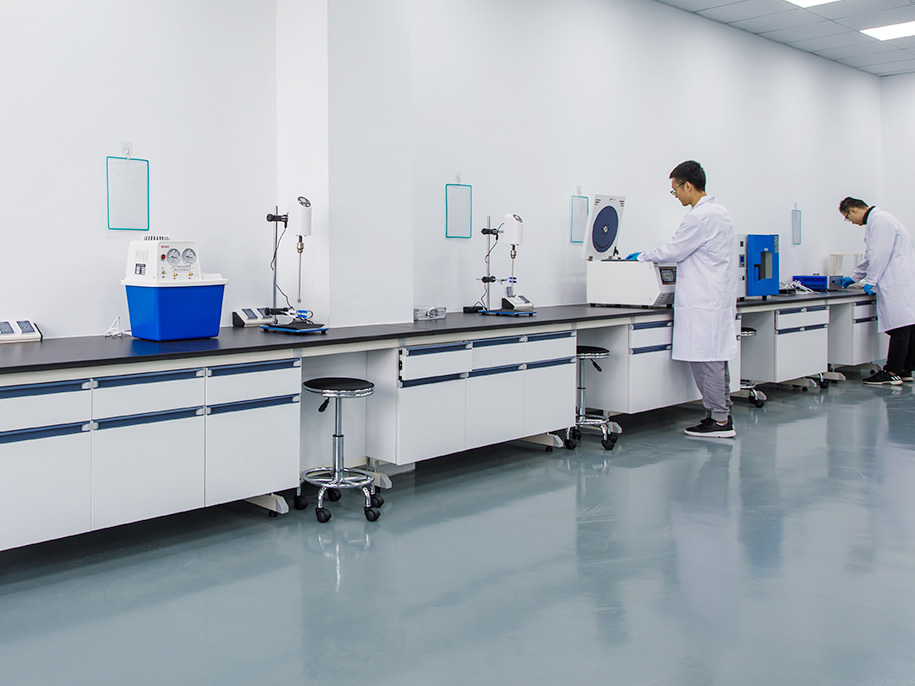Carbon Nanotubes in Filtration Technologies: Advancing Water and Air Purification
Introduction
Clean water and breathable air are increasingly scarce in a world facing industrial pollution, climate change, and population growth. Traditional filtration technologies often struggle with limitations such as low selectivity, slow flow rates, or inability to remove nanoscale pollutants.

Carbon Nanotubes (CNTs)—with their high surface area, chemical tunability, and mechanical strength—offer a transformative path forward. Whether embedded in membranes for water treatment or integrated into high-efficiency air filters, CNTs are reshaping the future of filtration.
1. Why CNTs Are Ideal for Filtration Applications
a. Exceptional Surface Area
CNTs offer over 1000 m²/g of surface area—ideal for adsorbing heavy metals, viruses, and organic compounds.
b. Nanoscale Channels
Their hollow, tube-like structure creates sub-nanometer pores, allowing selective passage of water molecules while blocking contaminants.
c. Chemical Functionalization
CNT surfaces can be modified with hydroxyl, carboxyl, or amine groups to:
-
Attract specific pollutants (e.g., arsenic, PFAS)
-
Improve water flux or filtration speed
d. Mechanical and Thermal Stability
CNT membranes can operate under high pressure and temperature without structural degradation, outperforming polymer-based filters.
2. Applications in Water Filtration
a. CNT Membranes for Desalination and Decontamination
Researchers have shown that aligned CNT membranes can:
-
Reject over 99% of salts from seawater
-
Remove pathogens, viruses, and bacteria with near-complete efficiency
-
Offer 10x higher flux rates than conventional RO membranes
b. Heavy Metal Removal
CNT-based filters have demonstrated exceptional affinity for:
-
Lead (Pb²⁺)
-
Arsenic (As³⁺)
-
Mercury (Hg²⁺)
-
Fluoride and Nitrates
This makes them ideal for use in developing countries and industrial wastewater remediation.
c. Point-of-Use Water Purifiers
Portable CNT filters are now being explored for:
-
Household tap filters
-
Disaster relief water kits
-
Military field water systems
These systems offer low energy use, compact design, and high reliability.
3. Applications in Air Purification
a. Airborne Pollutant Adsorption
CNT composites can capture:
-
Volatile Organic Compounds (VOCs)
-
Sulfur dioxide (SO₂) and nitrogen oxides (NOx)
-
Smoke, dust, and smog particles
-
Biological contaminants like viruses and allergens
b. HEPA-Grade Filters with CNT Enhancement
CNTs enhance:
-
Filtration efficiency at PM0.3 and smaller
-
Airflow rates due to smoother pore paths
-
Antibacterial properties for indoor air safety
c. Electrostatic & Photocatalytic CNT Filters
When combined with TiO₂ or silver nanoparticles, CNTs can offer:
-
Self-cleaning ability under UV light
-
Real-time disinfection of pathogens
-
Long filter lifespan for HVAC or air purifiers
4. Industrial and Commercial Adoption
-
NASA has tested CNT water filtration systems for space missions
-
LG Chem and Toray have piloted CNT-based RO membranes
-
China’s air purifier market has seen startup growth integrating CNT filters
-
India and Bangladesh are exploring CNT use in arsenic-removal rural units
5. Manufacturing and Challenges
a. CNT Types Used:
-
Multi-walled CNTs (MWCNTs): Preferred for cost and ease of production
-
Single-walled CNTs (SWCNTs): Higher performance but expensive
b. Production Issues:
-
Uniform alignment in membranes
-
Preventing CNT agglomeration
-
Ensuring safety—handling of nanomaterials must meet regulations
Conclusion
Carbon Nanotubes have opened a new chapter in environmental technology, offering superior performance in water purification and air filtration systems. As production costs fall and composite materials improve, CNT-based filters could soon become standard in homes, factories, and even municipal treatment plants, solving some of humanity’s most pressing clean resource challenges.

